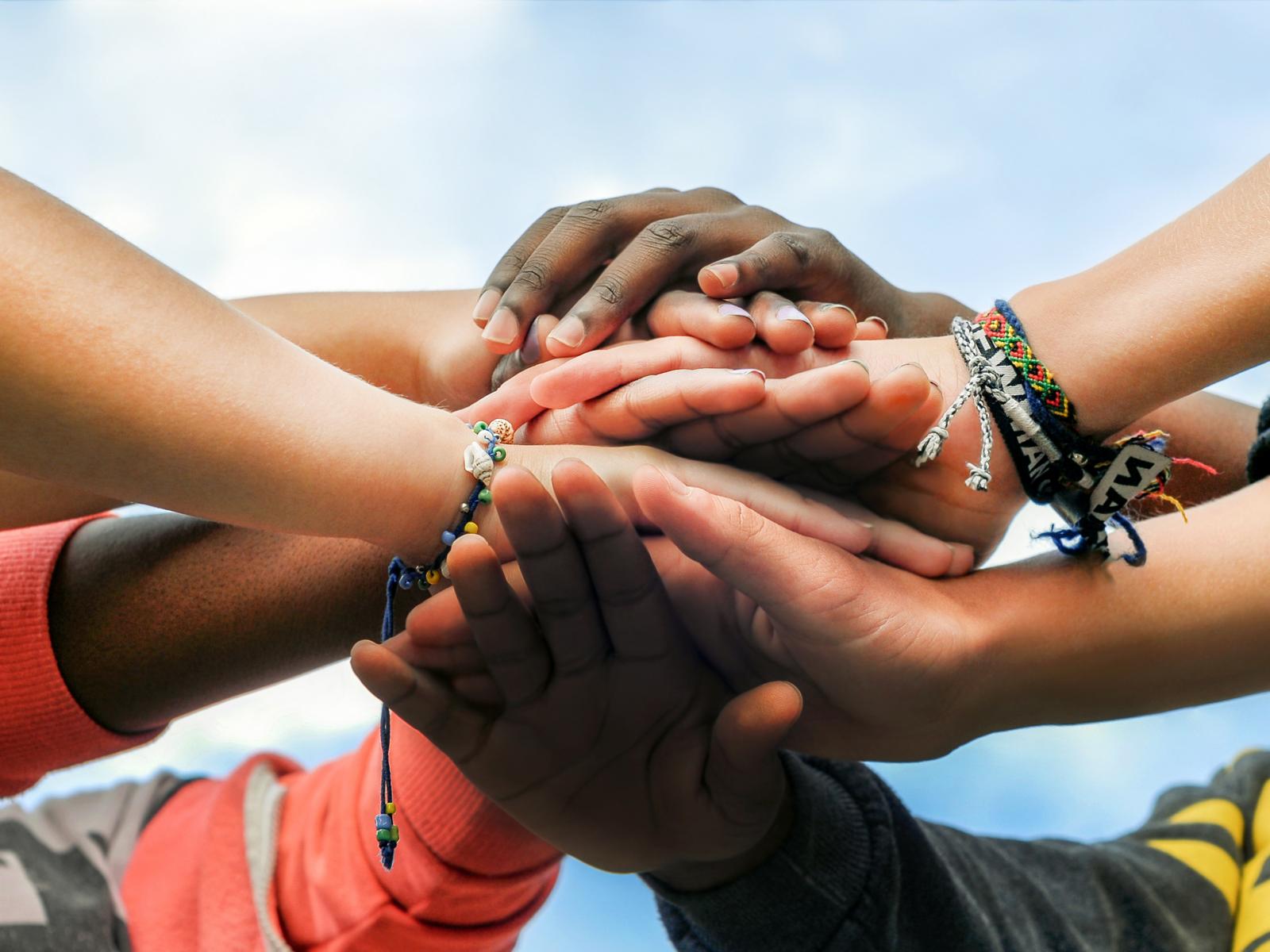This lesson helps students become more aware of their own values and sense of self by describing themselves and their choices.

When adults ask children what they want to be when they grow up, children often don't know a career direction yet. They may name careers or aspirations based on the role models they see. This book explores the question "What Will You Be?" with generous, curious, and loving role models rather than those who hold specific jobs. The book and discussion help readers follow their inner voice and envision a bountiful and beautiful world.
This lesson helps students become more aware of their own values and sense of self by describing themselves and their choices.
Youth Activity: Students brainstorm time, talent, and treasure examples that they have to offer/give. The activity will ask each person to think of some ways he/she can generate money.
Even the person viewed as the most powerful person in the world does not have unlimited power. Constitutionally, the president of the United States is limited by the "advise and consent" rule (and other checks and balances).
Learners explore personal identity traits and discuss how a community is strengthened by similarities and differences among them. They each write a biographical poem using the provided template and their discussion notes.
In this lesson young people learn about the tools of advocacy for the common good. They investigate the characteristics of advocates and develop their own personal advocacy style.
Groups analyze and define the concept of community. They identify the benefits and sacrifices involved in actions for the common good in their role as citizens.
We are made by history. In this activity, youth read the stories of philanthropic African Americans and influential related events that made America what it is today. Then they create a virtual Pop-Up Museum as an advocacy service project in which they tell stories of Black history and philanthropy.
From history we know that working in community (not on our own) is the best way to make change. Young people explore the work of nonprofits related to equity and social justice.
Youth Activity: Participants will gain a greater understanding of the meaning of philanthropy, and identify at least one action that they can take to better their own community.
This lesson focuses on the language of human rights. Learners examine the Universal Declaration of Human Rights and analyze the rights from a personal perspective. They discuss how well they perceive that the rights are enforced.
These lessons were designed by a high school classroom that was motivated by a quote by Dr. Martin Luther King, Jr. They tried to envision a project centered on driving out hate in their community by showing love.
This lesson focuses on the meaning and benefits of gratitude. Participants give examples of what people give up (opportunity cost) when they give philanthropically.
Learners use words to communicate positively and build community. A service project involves writing positive messages on stones and placing them strategically to uplift and beautify.
Through analyzing a Ted Talk by Robin Wall Kimmerer, participants develop their understanding of what it means to respond with gratitude to the gifts from the Earth. Participants expand their awareness of the interdependent relationship between humans and nature.
Create a past, present, and future timeline of personal philanthropy.